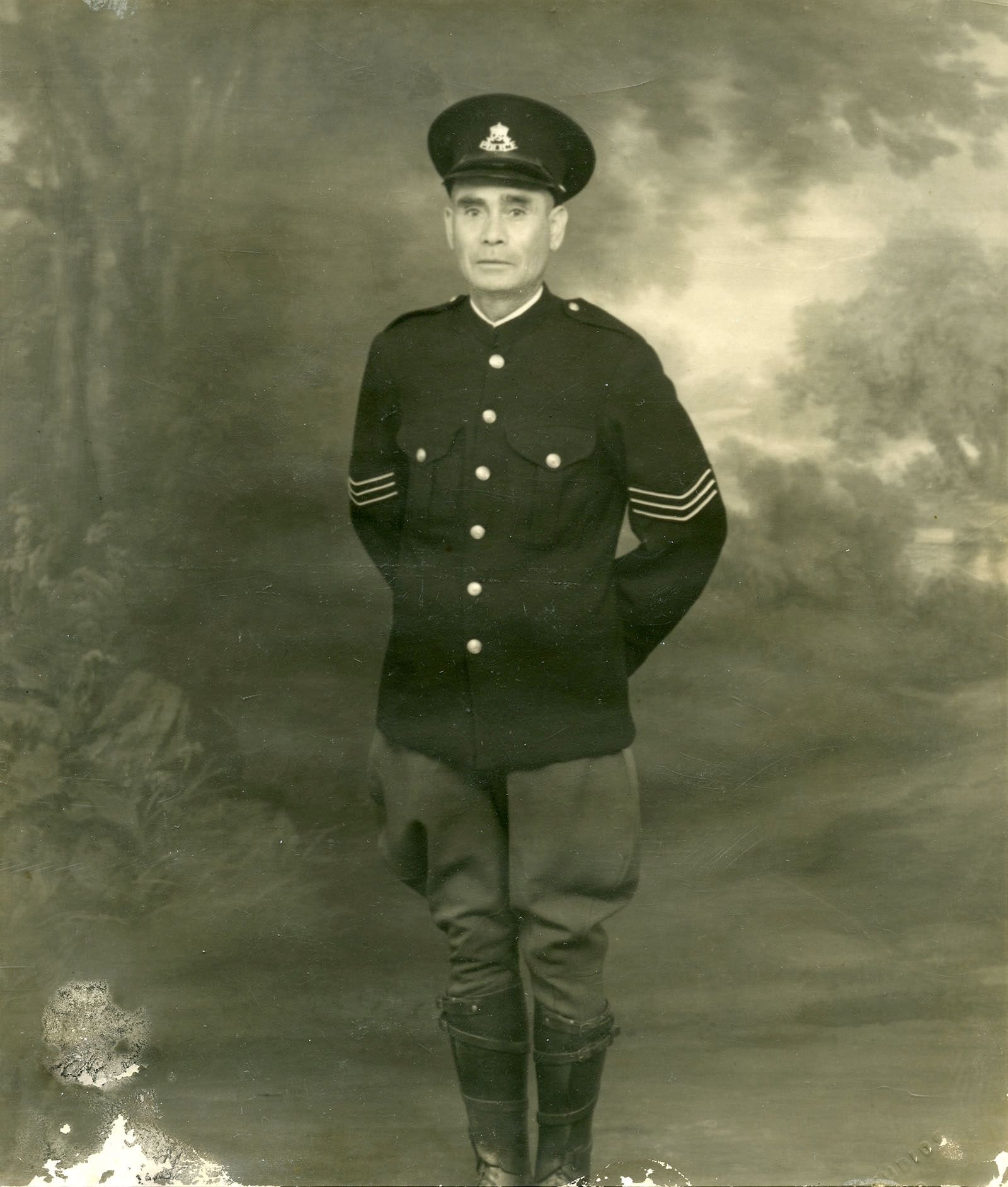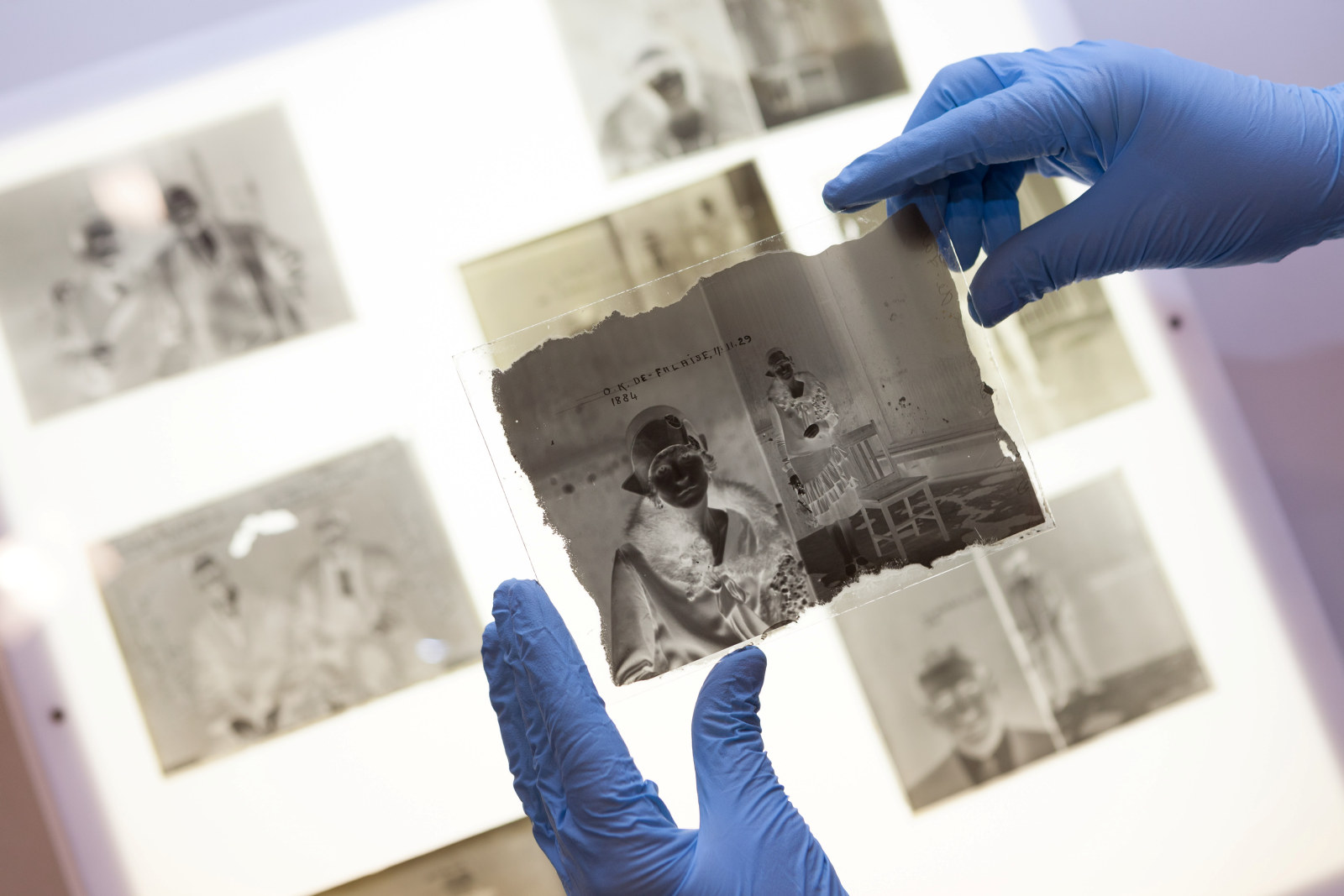Dodgy, dangerous, disturbing
3D models: a fascinating exploration of some seemingly innocent objects modified for nefarious purposes from the Justice & Police Museum collection
‘Expect the unexpected’ is the unofficial motto of police officers who, in their daily work, encounter seemingly innocent objects modified for nefarious purposes and hear some very strange stories. These items from the Justice & Police Museum were collected by police because of their surprising histories and, in some cases, cunning adaptations.
A lifesaver – Constable Bell’s baton
In the early hours of a cold winter’s morning in July 1893, NSW Police officer Constable William Bell was patrolling the dark streets of the inner-city suburb of Marrickville. Contrary to police regulations, he had placed his baton in his top left pocket and, for added warmth, buttoned up his overcoat making his baton difficult to access.
He noticed two men walking nearby and began questioning them about what they were doing. One of the men drew a revolver and shot the Constable at close quarters, knocking him to the ground. When he regained his senses, he found that the bullet had lodged in his baton which was placed directly over his heart, saving his life. Two men, James Stewart and William ‘Piggy’ Druitt were charged with attempted murder and causing grievous bodily harm. Newspapers noted that ‘Piggy’ had dyed his luxuriant moustache a different colour, a ploy that may have helped the men who were acquitted due to doubts about the constable’s identification of his assailants.
A dodgy dice shaker
This home-made leather dice shaker was confiscated by NSW Police from a man named Herbert William Lees at Scone in 1933. He was arrested and charged with vagrancy, being ‘a reputed cheat’, and with ‘having in his possession instruments of gaming’.
Police had received complaints about Lees and in court it was alleged that he was a confidence man, someone who scammed others out of their money. Lees himself admitted that he had been warned off, or banned, from racecourses in NSW after he was accused of involvement in horse doping.
When they arrested him, police found a pack of cards and two sets of dice, including a ‘loaded’ one which had been weighted to land on a particular number, as well as this shaker. Further investigation revealed that the shaker had a metal bar inserted into it which could be manipulated to trap the real die against the wall of the shaker, allowing the introduction of the loaded one into the game. Lees claimed that he carried the seized article as a curio. He was convicted of vagrancy and sentenced to four months gaol with hard labour but he managed to have his sentence overturned on a technicality.
Sinister shoes
These inconspicuous brown leather shoes belonged to Patrick O’Sullivan, alias Leslie Sargent, who was arrested in Melbourne in 1933. O’Sullivan had used a sawn-off rifle to violently rob a taxi driver in the Sydney suburb of Campsie and had been brought back to Sydney to face court.
O’Sullivan had modified his shoes to hide a quantity of phosphorous powder. He told the arresting officer, who discovered the hollowed-out heel containing the powder, that “It is poison, and I intended to take it if I was caught”. At his trial police told a different story about the concealed phosphorus.
Police described O’Sullivan as a desperate criminal who forced his victim to drive towards Liverpool – on Sydney’s outskirts – by threatening to ‘put a bullet through him’ if he didn’t comply. The taxi driver saw an opportunity to escape and stopped the car in Campsie, running wildly down the street while O’Sullivan fired a shot at him. O’Sullivan subsequently fled to Victoria. Police believed his plan had been to murder the taxi driver and use the highly flammable phosphorus powder to burn the body. The court handed down the maximum sentence of 14 years imprisonment.
Lethal weapon
Knuckledusters, also known as ‘brass knuckles’, are formidable weapons. This homemade example was made of metal and constructed in a ‘D’ shape. A piece of fabric has been wrapped around a central bar to create an improvised grip which sits across the attacker’s palm. Three large nuts have been attached to the bar, which sits across the attacker’s knuckles, concentrating the force of a punch. The weapon could cause severe injuries, including broken bones, and was easily concealed in a pocket, making it much more dangerous than a fist alone.
This weapon was discovered in the inner Sydney suburb of Moore Park in 1912. It became part of the original NSW Police’s Museum collection which was used to educate new recruits about the dangerous weapons they may encounter. This inexpensive yet lethal weapon was very popular in the late 1800s and early 1900s and was something police walking the beat were particularly wary of encountering.
Ned Kelly in NSW
This knife, with its unusual serpentine blade, decorative handguard and broken handle, has a perplexing provenance. It is one of a group of objects in the Justice & Police Museum collection that allegedly belonged to the infamous Victorian bushranger Ned Kelly but there is little documentation about its history. The Kelly gang, made up of Edward ‘Ned’ Kelly, Daniel Kelly, Stephen Hart and Joseph Byrne, were known to police as the ‘Victorian outlaws’ but they also had a relationship with NSW.
Indeed, police documents from that time suggest that Ned Kelly had strong ties to NSW, with one officer asserting that he lived in Wagga Wagga for a period of time in the late 1870s and stayed near the Murrimbidgee River in 1878. An officer also claimed Kelly had a relative who was a magistrate residing in Jerilderie in Southern NSW.
The Kelly Gang infamously held up Jerilderie in February 1879, robbing the bank and taking some locals hostage. This incident led to immediate changes in the way NSW Police did their job. Officers were instructed to sleep with their firearms by their side and married police were advised to stay in communal barracks instead of their homes so police were ready for action if the gang was sighted. Citizens living in isolated regions of NSW were afraid, and telegrams were sent to Sydney suggesting the government arm civilians so they could protect themselves. The presence of the knife in the museum’s collection is a reminder that the Kelly Gang’s activities didn’t just effect Victoria but had significant impacts on the people, and police, of NSW.
Published on
Related

Women police in NSW: a history of firsts
A collection of photographs at the Justice & Police Museum document the hard-won firsts, beginning in 1915, that led to women attaining equal status within the NSW Police Force

Convict turned constable
A recently donated letter, signed by the governor of NSW in 1832, offers a tangible connection to the story of Samuel Horne, a convict who rose to the rank of district chief constable in the NSW Police

Alexander Riley, legendary Aboriginal police tracker
The remarkable talents of Aboriginal trackers who worked for NSW Police in the 20th century are featured in a display at the Justice & Police Museum

Glass-plate photography
The collection of glass-plate negatives held in the State Archives and Justice & Police Museum are endlessly fascinating and revealing
